Sze Tsung Nicolás Leong
History Images
2002–2004
The photographs in History Images are of histories, in the form of cities in China, either being destroyed or created at this juncture in time. They are of past histories, in the form of traditional buildings and neighborhoods, urban fabrics, and natural landscapes, in the process of being erased. They are of the absence of histories, in the form of construction sites, built upon an erasure of the past so complete that one would never know a past had ever existed. And they are of the anticipation of future histories, yet to unfold, in the form of newly built cities.
Cities are the largest, most enduring, and most encompassing documents of history, uniquely recording the variations and residues of time. Substantial urban change is generally expected to span over prolonged periods: decades, generations, centuries. The evidence of these changes is usually gradual and cumulative; residues of history are slowly left in built form, giving physical shape to the accretions of time. There are moments in history, however, that accelerate the rate of urban change: warfare, changes of regime, transformations of social structure, economic prosperity. These moments force societies to evaluate their relationship to their own history and their attitude to their future, in turn affecting their relationship to their environments. China presently finds itself in one of these moments, as its recent transformations in politics, society, and economics have triggered changes to its cities to a degree not previously seen in its contemporary history.
As much as China’s cities are presently changing, so has China’s relationship with history. In Imperial China, history was a stable, unchanging reality that gave order and uniformity to society and, in turn, to its urban spaces. After the Communist Revolution, history was seen as an enemy in need of dismantling, as summarized in the popular Cultural Revolution slogan, “Smash the Old World, Build the New World”. Presently in China, history as urban form is seen in contradictory terms: as proof of China’s accomplishments and contributions to civilization, yet more often as an inconvenience to urban modernization. Ironically, China’s current economic revolution is facilitating the physical destruction of history that was called for during the Cultural Revolution. From the resulting emptiness the components of China’s new cities are built out of nothing: luxury apartments, shopping centers, supermarkets, widened roads, tennis courts, office blocks, parking lots.
These photographs are of histories recorded in urban form, all simultaneously occurring, all in the midst of change. They are records of cities in time, in the process of perishing, disappearing, or starting anew: a Ming and Qing Dynasty neighborhood of traditional courtyard houses in Beijing being demolished to make way for luxury housing; a city razed as a result of the construction of the Three Gorges Dam, now the largest dam in the world; a new city built to accommodate the relocation of populations whose former cities will be flooded by the Yangtze River; a traditional district in Chongqing waiting to be destroyed, surrounded by new construction; anonymous construction sites marking the empty moment between the erasure of the past and the arrival of the future. These photographs are of cities caught in the tenuous period after the end of one history and at the beginning of another history.
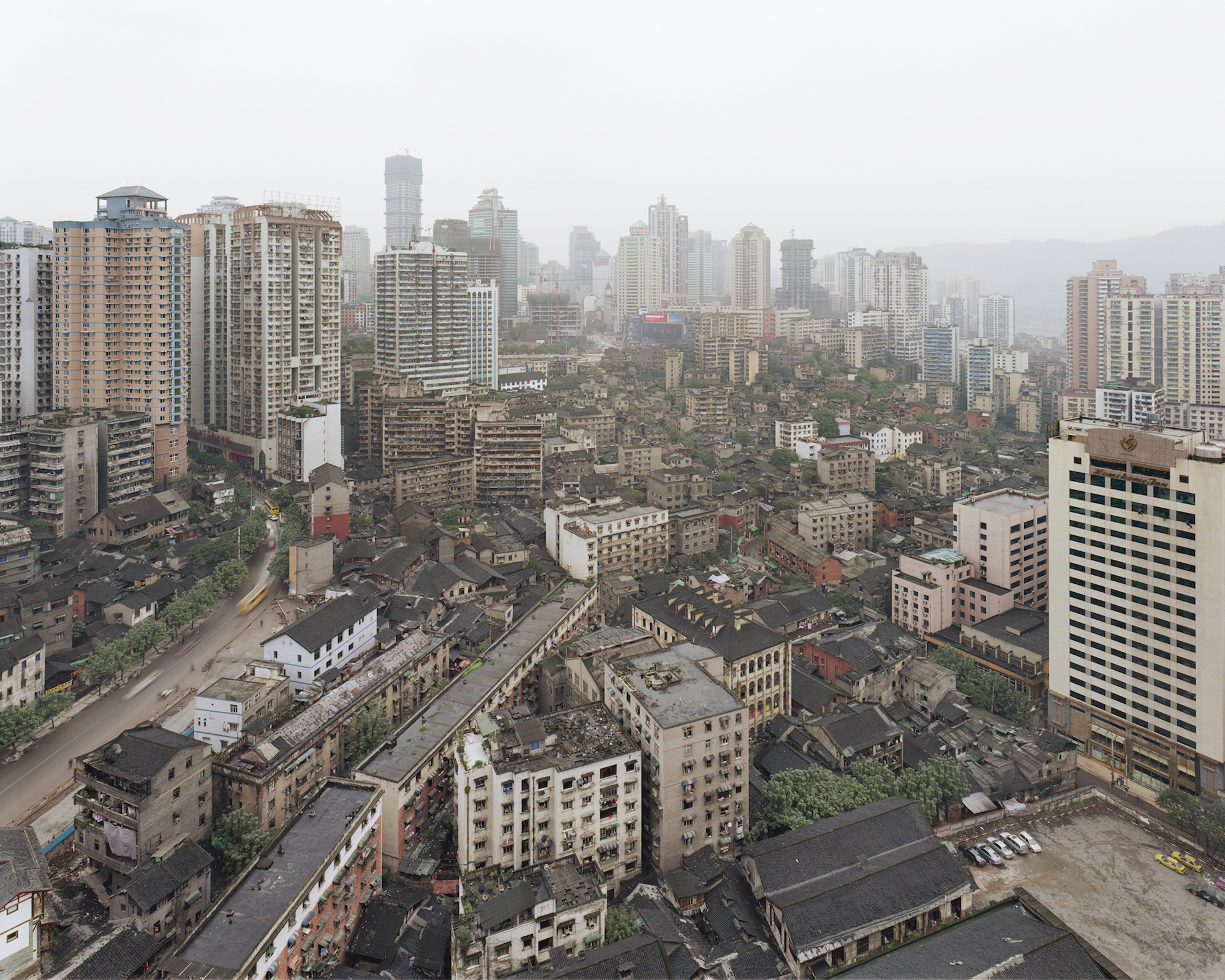
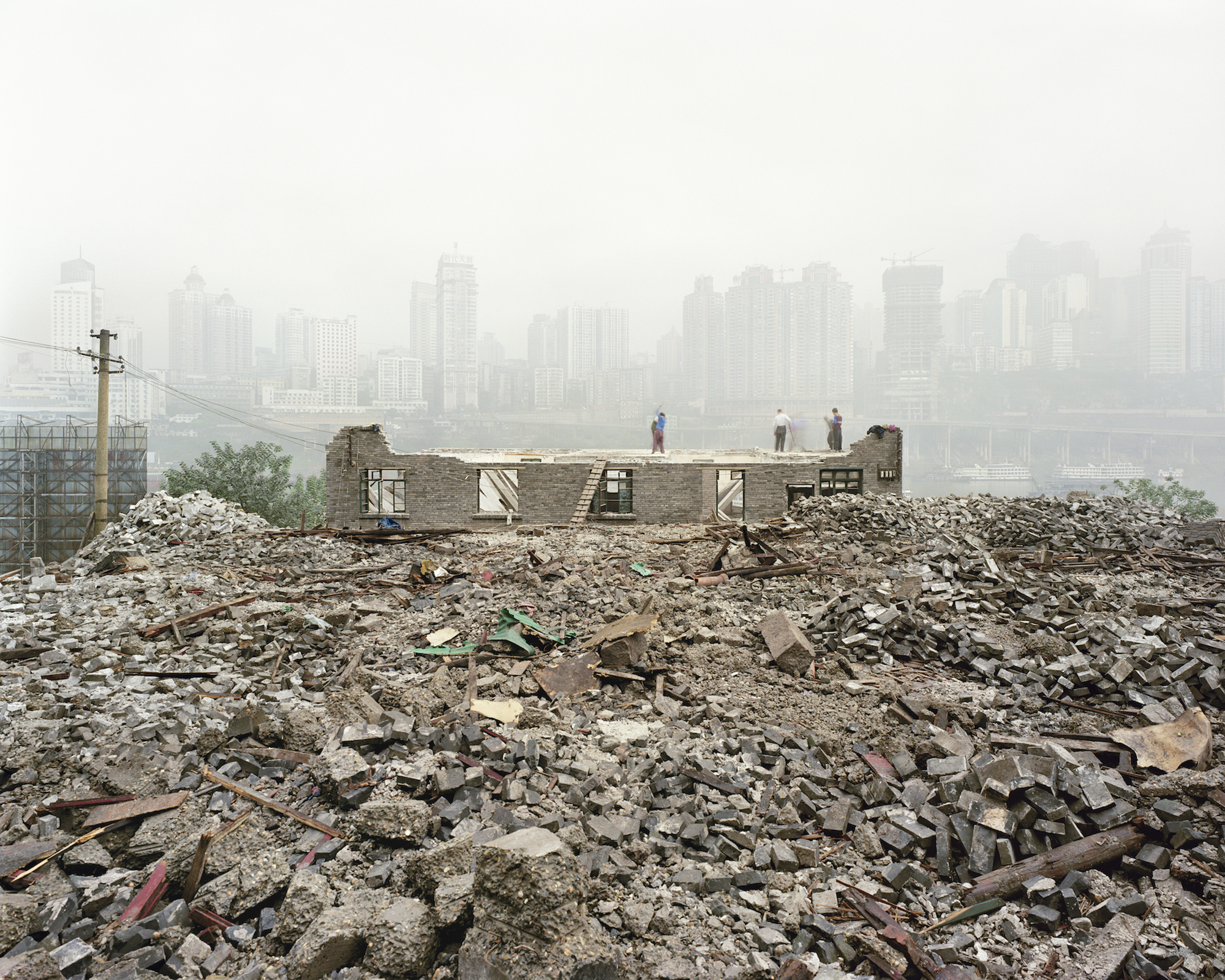
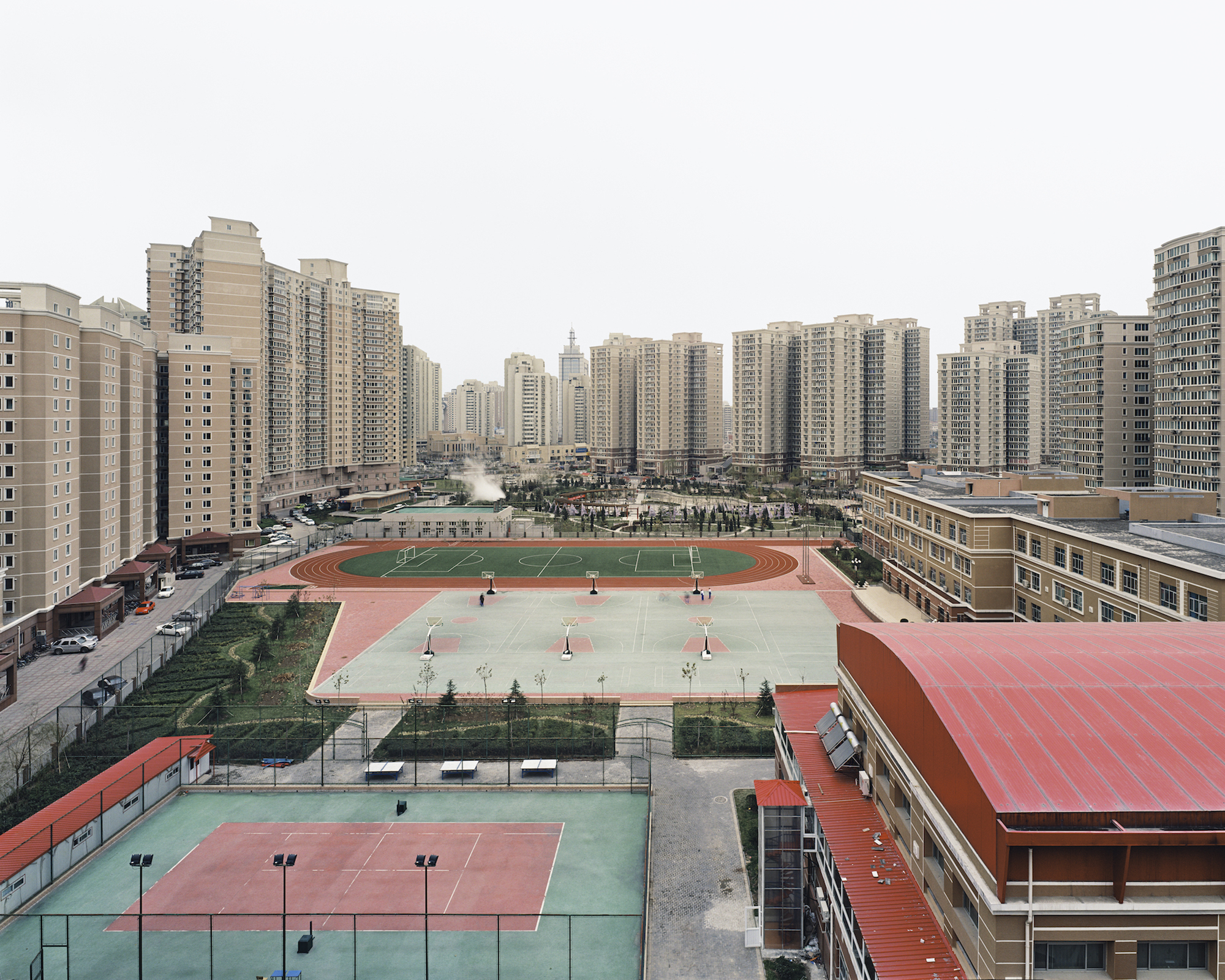
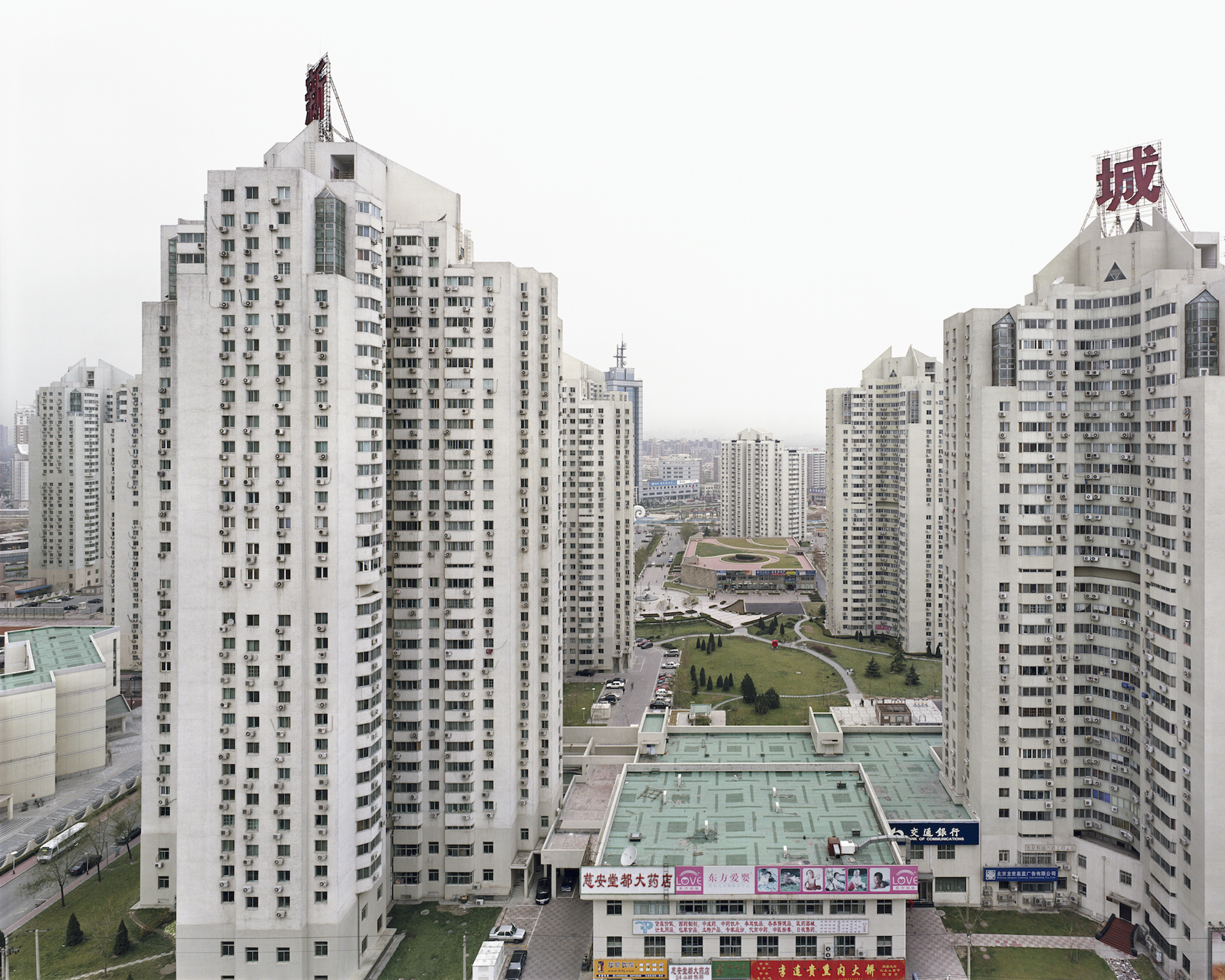
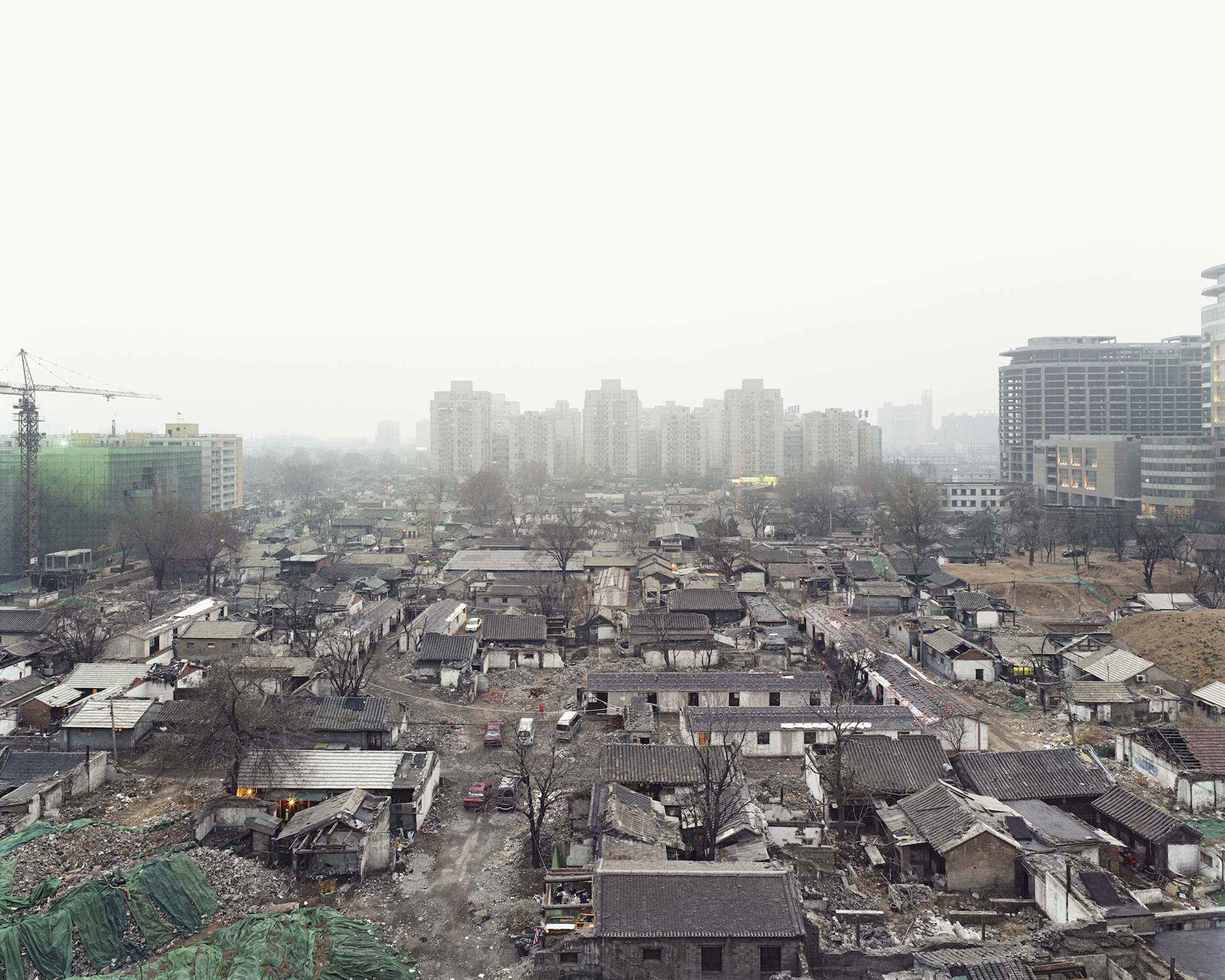
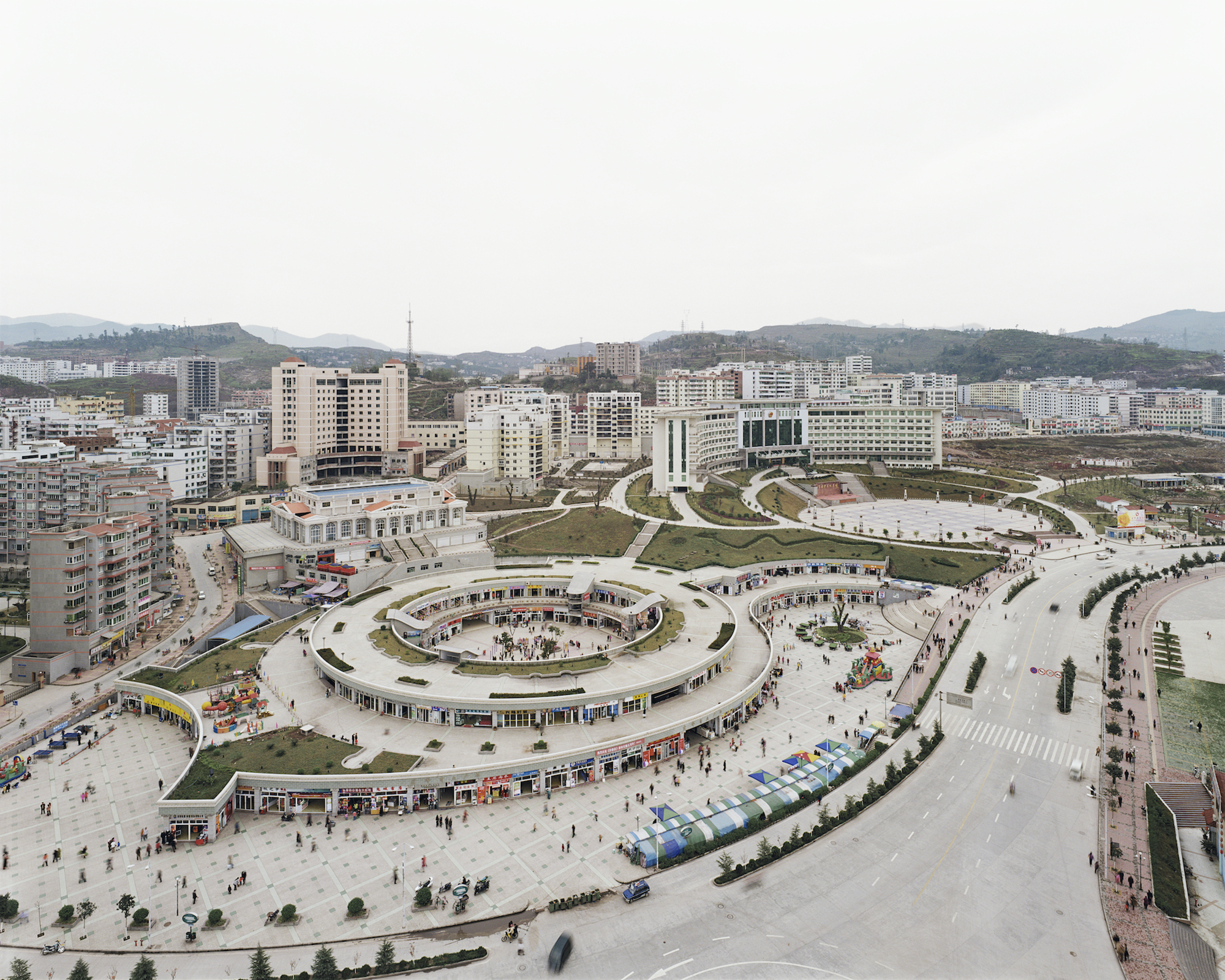
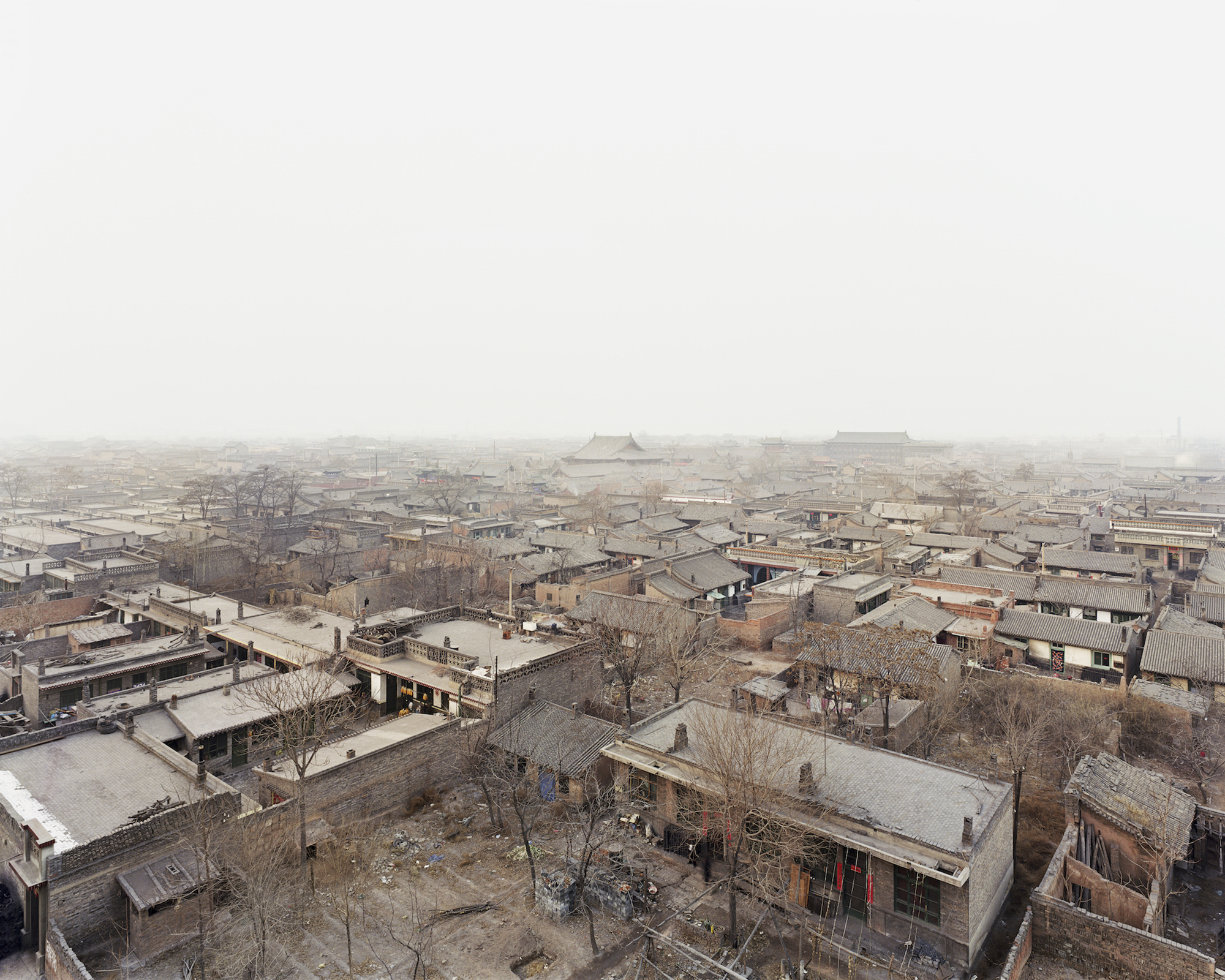
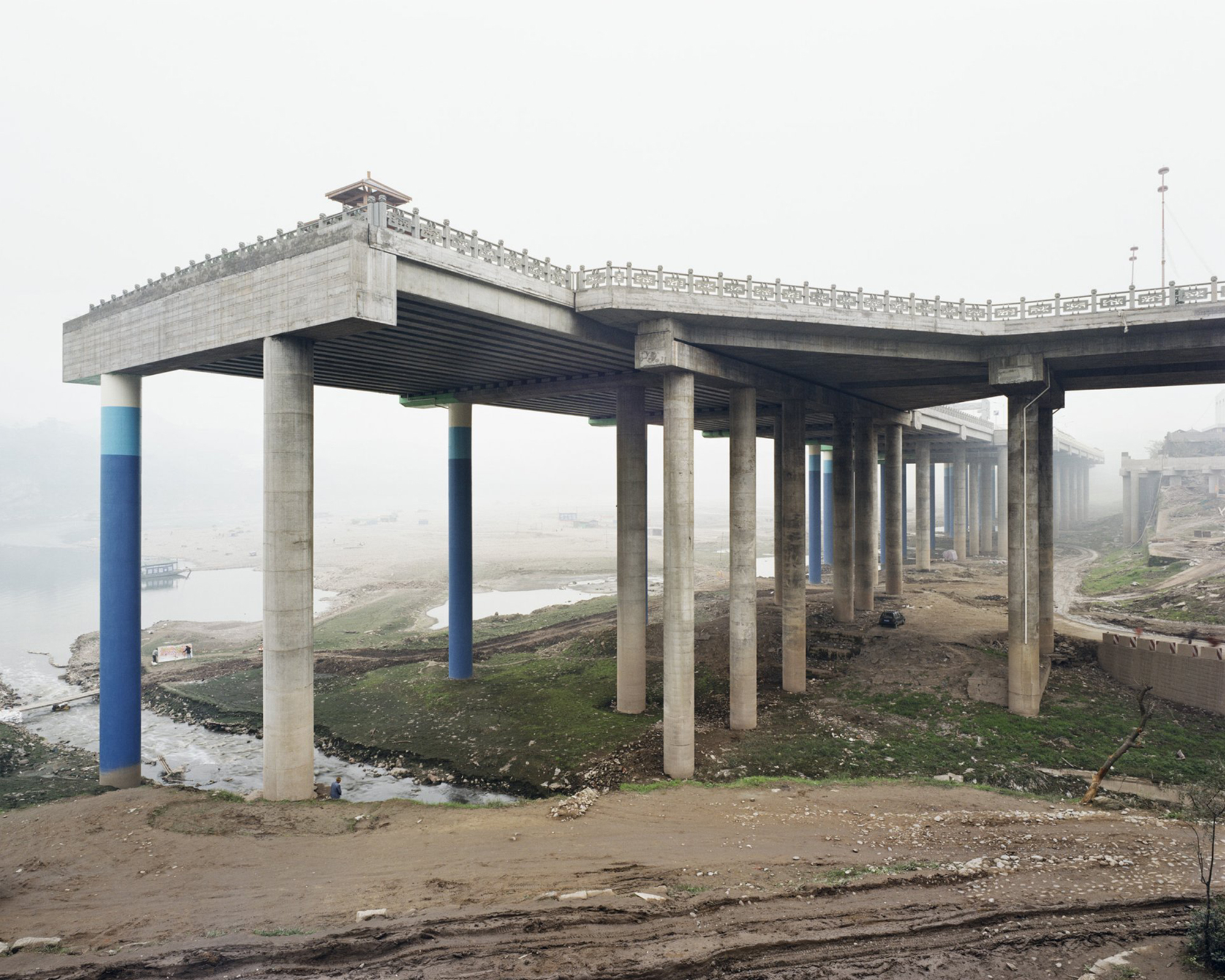
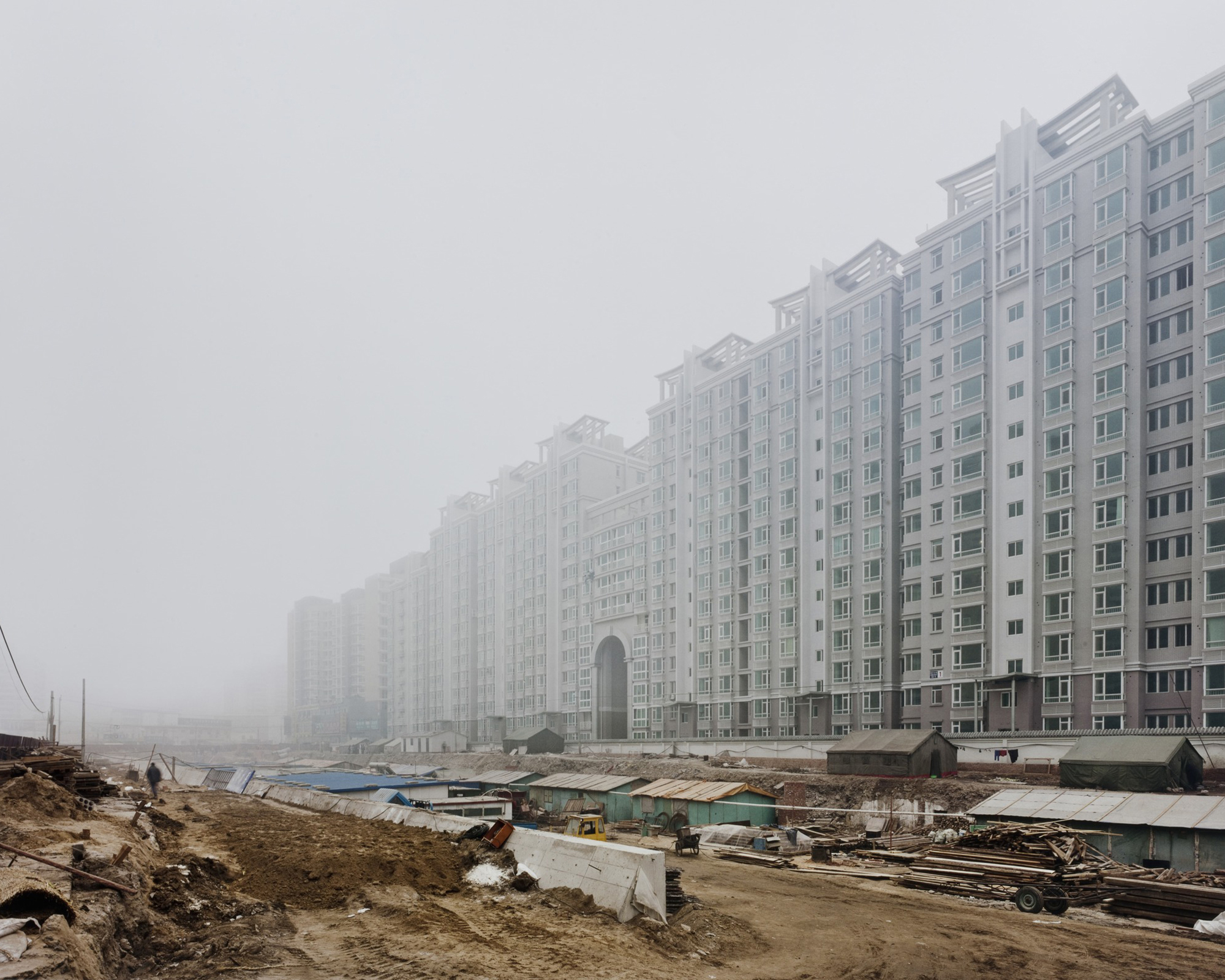

Lieu: China
Gallery: Yossi Milo Gallery, New York - The Walther Collection
Publié: Novembre 2020
Catégorie: Photographie
Source